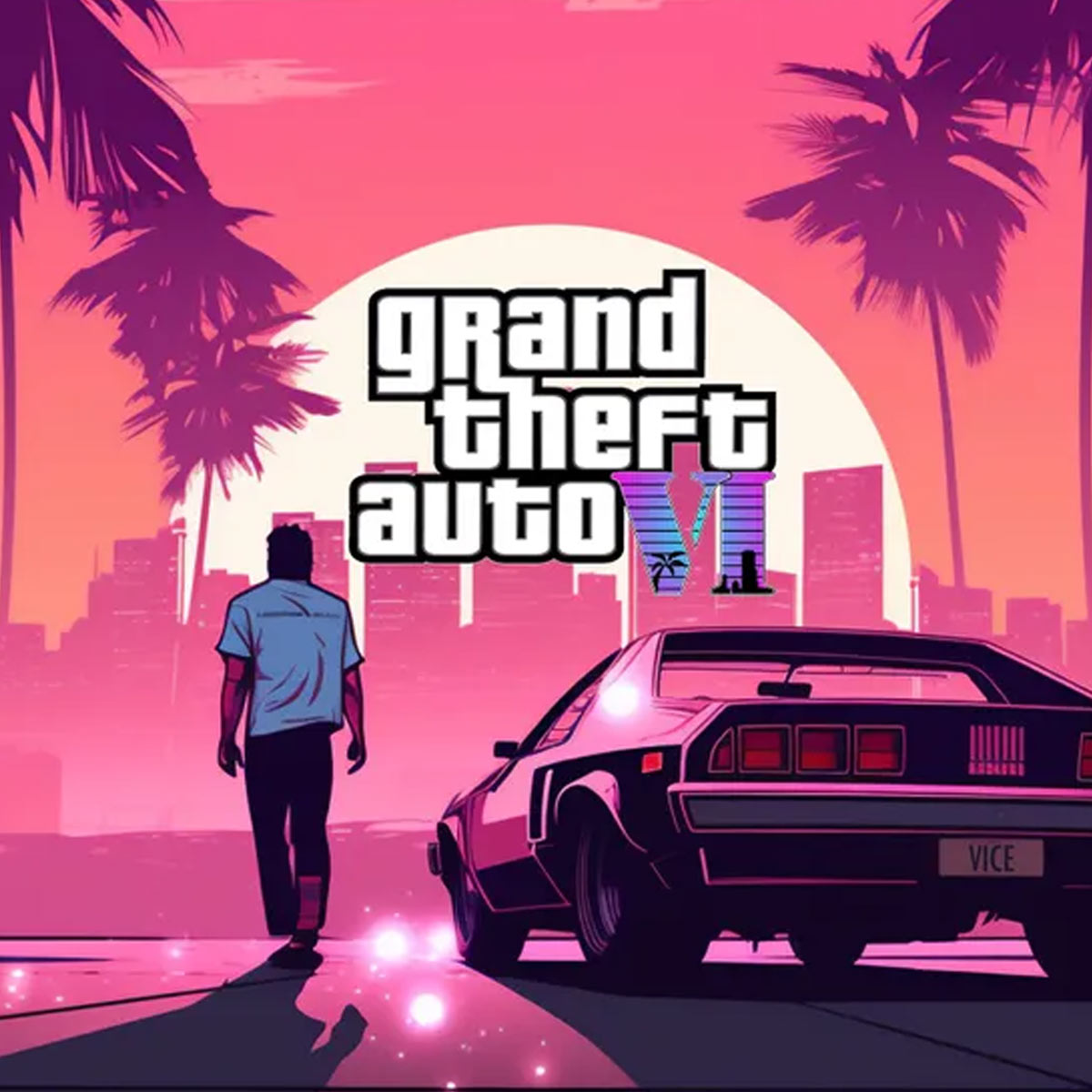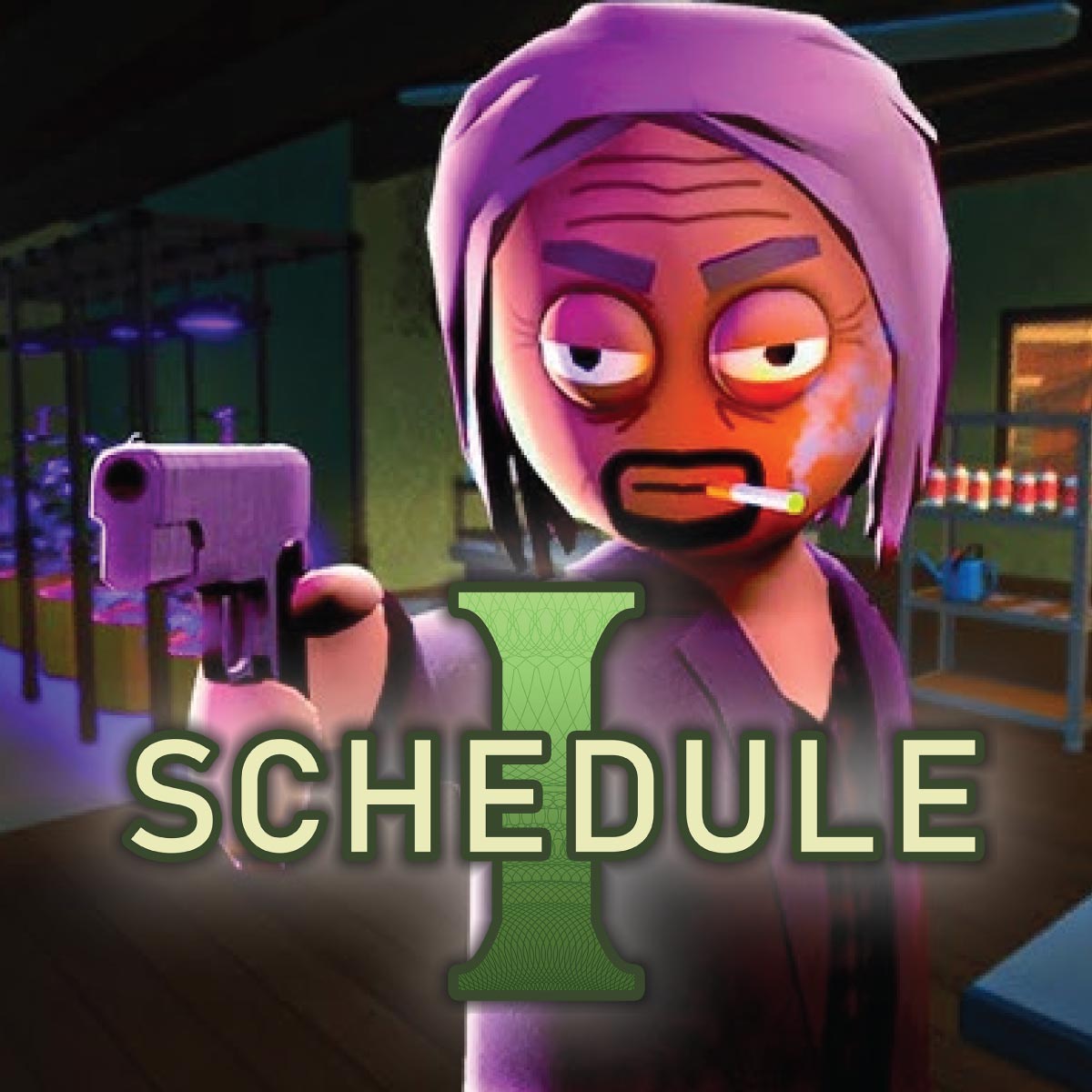Popular Now
Introduction
GTA VI is undoubtedly one of the most anticipated games of the decade. With Rockstar’s reputation for innovation and detail, fans are eagerly awaiting what promises to be a groundbreaking installment in the Grand Theft Auto franchise. However, one of the most pressing challenges facing the developers is how to balance two often conflicting design goals: realism and fun. As gaming hardware becomes more powerful and audiences more demanding, Rockstar must walk a fine line between creating a believable world and maintaining the anarchic, escapist fun that defines the series.
1. The Evolution of Realism in Open World Games
The idea of realism in video games has evolved tremendously in the past two decades. Earlier entries in the GTA series leaned heavily into exaggerated satire and cartoonish mayhem. However, as open world games grew more sophisticated, expectations for immersive, lifelike environments increased.
Rockstar Games contributed significantly to this shift. Red Dead Redemption 2 is perhaps the most ambitious example of realism in modern gaming, featuring meticulously animated character behavior, realistic weather systems, and a living ecosystem. Many fans and critics speculate that GTA VI will inherit similar levels of detail. But the question remains: will this realism enhance or hinder the traditional GTA experience?
2. The Legacy of Chaos: GTA's Core Gameplay Identity
One of GTA’s most beloved qualities is the freedom it gives players to create chaos. From high-speed police chases to spontaneous rampages, the sandbox nature of GTA is central to its identity. Yet realism inherently imposes limits. Realistic car crashes, injury mechanics, and legal consequences could slow down the fast-paced, over-the-top gameplay that fans expect.
This introduces a fundamental tension: how do you maintain the lawless thrill of GTA while adding lifelike elements that don’t disrupt that flow? Rockstar’s success hinges on whether it can find a middle ground.
3. Realistic Systems That Could Disrupt Fun
Some elements of realism could directly compromise gameplay enjoyment. Let’s look at a few:
-
Vehicle Maintenance: While RDR2 featured horse bonding and maintenance, applying a similar system to vehicles—requiring regular fueling, tire replacements, or tune-ups—could feel tedious in a modern setting.
-
Law Enforcement AI: More realistic police behavior sounds exciting, but too much aggression or difficulty escaping the law could frustrate casual players.
-
Character Needs: RDR2 required players to manage Arthur’s hunger, hygiene, and stamina. In GTA VI, these systems might interfere with quick session gameplay.
Balancing these features so they’re optional or streamlined will be key to avoiding burnout.
4. NPC Behavior and the Simulation Dilemma
One of the most impressive leaks from early GTA VI development showed NPCs behaving more naturally—engaging in realistic conversations, reacting to player actions, and participating in routines. While immersive, there’s a hidden cost to such complexity.
Overly sensitive NPCs can limit player freedom. For example, if you bump into someone and they call the police or react violently every time, it could make exploration feel restrictive. Rockstar will need to determine the threshold where NPC realism enhances immersion without stifling freedom.
5. Weapon and Combat Realism
Gunplay and combat mechanics are another area where realism can clash with fun. In games like RDR2, each weapon felt grounded, with deliberate reload times and realistic kickback. While satisfying in a narrative Western, such slow pacing might feel clunky in the urban chaos of GTA.
Should GTA VI implement weighty, realistic weapon physics, or stick to the faster, arcade-style gunplay of GTA V? Rockstar may opt for a hybrid system—realistic enough to feel impactful, but forgiving enough to encourage aggressive playstyles.
6. Driving Mechanics: Real World vs. Arcade Feel
Driving has always been a cornerstone of the GTA experience. GTA IV’s driving model was weighty and realistic, receiving mixed reactions. GTA V returned to a more arcade-like model, which most players preferred.
If GTA VI pushes realism—adding mechanics like fuel consumption, realistic traction, or full driving licenses—it could alienate players who enjoy the quick, cinematic chases that GTA is known for. The best solution may be allowing toggles or sliders that let players customize the driving experience to their preference.
7. Mission Design in a Realistic World
Missions in GTA have historically been over-the-top, featuring heists, explosions, and dramatic getaways. The challenge with incorporating realism is that it limits mission design. In RDR2, for instance, some players found the slower, scripted missions restrictive compared to the chaos they could cause in the open world.
If GTA VI leans too heavily into scripted realism, it risks alienating players who want spontaneity. Rockstar must ensure that realism in mission structure doesn't override creativity and freedom of execution.
8. Multiplayer: Realism in GTA Online’s Future
GTA Online will almost certainly continue into GTA VI’s engine, and realism in a multiplayer environment comes with unique problems. Hardcore roleplaying servers thrive on realism, but casual players prefer a chaotic, fast-paced experience.
Balancing these communities will require Rockstar to provide customizable servers or modes—some emphasizing simulation, others leaning into classic GTA fun. Too much realism in GTA Online could lead to accessibility issues or drive away newcomers.
9. The Problem of Punishment and Consequence
A realistic world implies realistic consequences. But in a game where crime is the core gameplay loop, heavy punishment can be discouraging. If players are constantly arrested, fined, or hunted down for minor infractions, it disrupts the sense of freedom.
Rockstar must be cautious with how consequence systems are built. Options like bounties, escalating police interest, or NPC gossip could provide feedback without crushing player choice. The goal should be to simulate risk, not enforce punishment.
10. Customization and Player Freedom as a Counterbalance
To offset realism, Rockstar can empower players with deep customization and choice. Let players opt out of hyper-realistic features or choose between simulation and arcade modes. Let them create their experience.
This approach has worked well in games like Cyberpunk 2077, which offered multiple difficulty settings, immersive simulation options, and customizable interfaces. GTA VI could take a similar path—providing sliders for realism, allowing car maintenance to be optional, or choosing how aggressive the AI behaves.
Customization ensures that realism doesn't become a burden, but rather a flexible enhancement for those who want it.
Conclusion
GTA VI has the potential to redefine open-world gaming once again. However, Rockstar must tread carefully as it injects realism into its most chaotic and satirical franchise. While realism adds immersion, it also threatens to dull the wild, unpredictable spirit that makes GTA unique.
The solution lies in flexibility—giving players control over how they experience the game, designing systems that enhance rather than hinder fun, and knowing when to prioritize fantasy over fidelity. If Rockstar can strike that balance, GTA VI could very well become the most immersive and entertaining game in history.
















